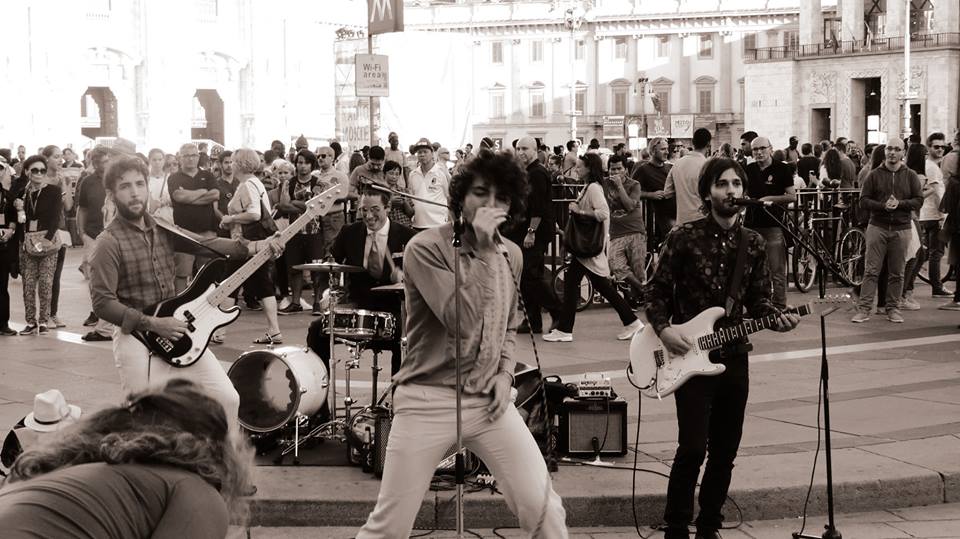Street music is more than just an auditory experience; it is a way of life ingrained in the urban community, reflecting and shaping the identity and culture of cities around the world. From the soulful strumming of a guitarist on a busy corner to the rhythmic beats of a drum circle in a public square, street music infuses everyday life with an undercurrent of creativity and expression. This phenomenon transcends mere entertainment, serving as a powerful medium through which cultural narratives are communicated, communities are built, and urban spaces are transformed.
The origins of street music can be traced back to ancient civilizations, where minstrels, troubadours, and other itinerant performers played a crucial role in disseminating news, sharing stories, and providing entertainment. In recent times, street music has evolved into a dynamic and diverse art form that encompasses a wide range of genres and styles. From jazz and blues to hip-hop and classical, the sounds of the streets are as varied as the cities themselves.
One of the most significant aspects of street music is its accessibility. Unlike concerts or music festivals, which often require tickets and travel, street music is inherently democratic, available to anyone who happens to pass by. This accessibility stimulates a sense of inclusivity and community, as people from all walks of life can gather to enjoy and participate in the music. Street musicians, or buskers, often rely on the generosity of their audiences, creating a reciprocal relationship between performer and listener that is both intimate and immediate.
Street music also plays a crucial role in defining the identity of a city. Each urban center has its unique soundscape, shaped by its history, demographics, and cultural influences. In New Orleans, for example, the lively strains of jazz echo through the French Quarter, a demonstration of the city’s rich musical heritage. In contrast, the pulsating rhythms of samba can be heard on the streets of Rio de Janeiro, reflecting Brazil’s spirited and diverse culture. Street music not only captures the essence of a city’s past but also contributes to its advancing identity, as new genres and influences emerge.

The impact of street music on urban culture transforms public spaces into lively, interactive environments, encouraging social interaction and promoting a sense of community. Parks, plazas, and street corners become impromptu concert venues, where people can connect with each other and their surroundings through the shared experience of music. This communal aspect of street music helps to break down social barriers, creating a sense of unity and belonging among diverse urban populations.
Moreover, street music serves as a platform for cultural expression and social commentary. Many street musicians use their art to address pressing social issues, from political unrest to economic inequality. Through their lyrics and performances, they give voice to marginalized communities and spark conversations about important topics. This tradition of using music as a form of protest and advocacy can be seen in various movements throughout history, from the civil rights era to contemporary social justice campaigns.
One notable example is Fela Kuti, the Nigerian musician and pioneer of Afrobeat, who used his music to criticize the Nigerian government and military. His songs, often performed on the streets and in his nightclub, the Afrika Shrine, tackled issues such as corruption, human rights abuses, and social injustices. Tracks like “Zombie,” which mocked the blind obedience of soldiers, and “Sorrow, Tears, and Blood,” which highlighted the brutal suppression of dissent, resonated deeply with the public and fueled resistance movements.
Similarly, in the United States, street musicians have historically been at the forefront of social change. During the civil rights movement, artists like Bob Dylan and Joan Baez performed at rallies and marches, using their music to support the cause. Dylan’s “Blowin’ in the Wind” and Baez’s rendition of “We Shall Overcome” became anthems for the movement, capturing the spirit of the struggle for equality and justice.
In South Africa, the anti-apartheid movement saw musicians like Hugh Masekela and Miriam Makeba use their talents to fight racial segregation. Their performances, often held in public spaces, were not just entertainment but powerful acts of resistance. Makeba’s song “Soweto Blues” lamented the Soweto Uprising, where students protesting apartheid were brutally killed, while Masekela’s “Bring Him Back Home” became an anthem for the release of Nelson Mandela.

More recently, street musicians continue to address contemporary issues. In the Arab Spring, artists like Tunisian rapper El Général played a significant role. His song “Rais Lebled” criticized the government and became a rallying cry for protesters. Similarly, in the Black Lives Matter movement, artists like Kendrick Lamar have taken to the streets and social media to amplify their messages. Lamar’s song “Alright” has become synonymous with the fight against police brutality and systemic racism.
The economic impact of street music is also significant. Cities like Berlin, London, and Melbourne have recognized the value of street music and implemented policies to support and regulate busking, ensuring that it remains a thriving part of urban life. However, street music is not without its challenges. Noise complaints, legal restrictions, and competition for prime locations can pose significant obstacles for street musicians. Balancing the interests of performers, residents, and businesses requires thoughtful regulation and community engagement.
In conclusion, street music is a vital and dynamic element of urban identity and culture. It brings people together, transforms public spaces, and provides a powerful medium for cultural expression and social commentary. As cities continue to evolve, the sounds of the streets will remain an enduring and essential part of their character, enriching the urban experience for all who encounter them. The rhythm of the streets is more than just a backdrop to urban life; it is a powerful and ever-changing soundtrack that reflects and shapes the soul of the city.
Sources
- https://www.frontiersin.org/journals/psychology/articles/10.3389/fpsyg.2021.647863/full
- https://techeconomy.ng/the-cultural-impact-and-growth-of-street-pop-in-mainstream-media-in-nigeria/
- https://pan-african-music.com/en/miriam-makeba-and-the-fight-goes-on/
- https://dailyutahchronicle.com/2017/01/30/print-art-attic-joan-baez-ultimate-activist/




